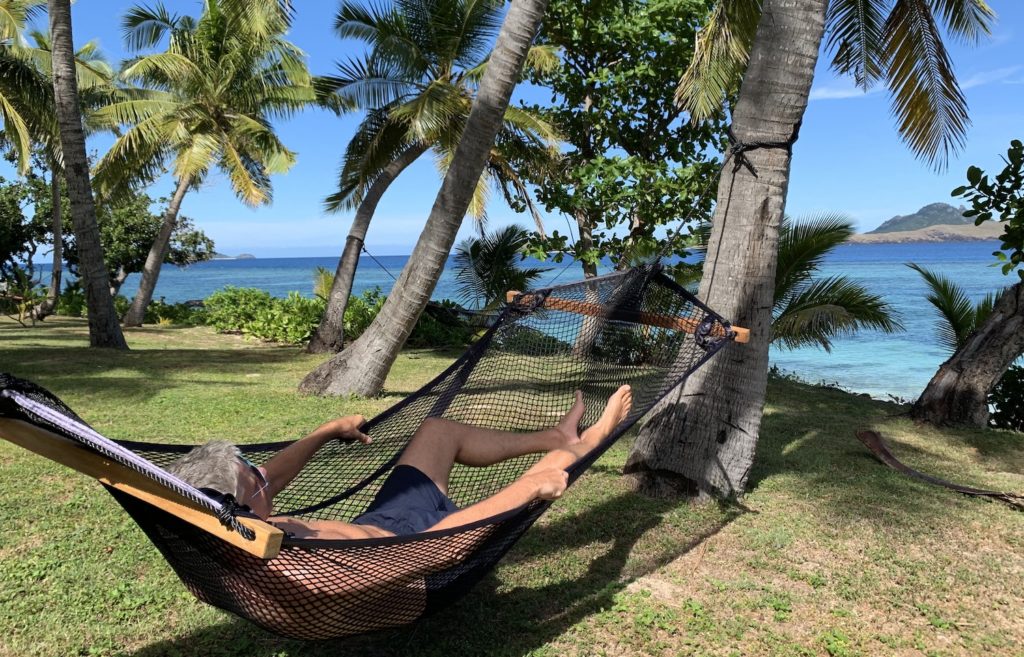Reviews
Fiji: the picture-perfect South Pacific paradise
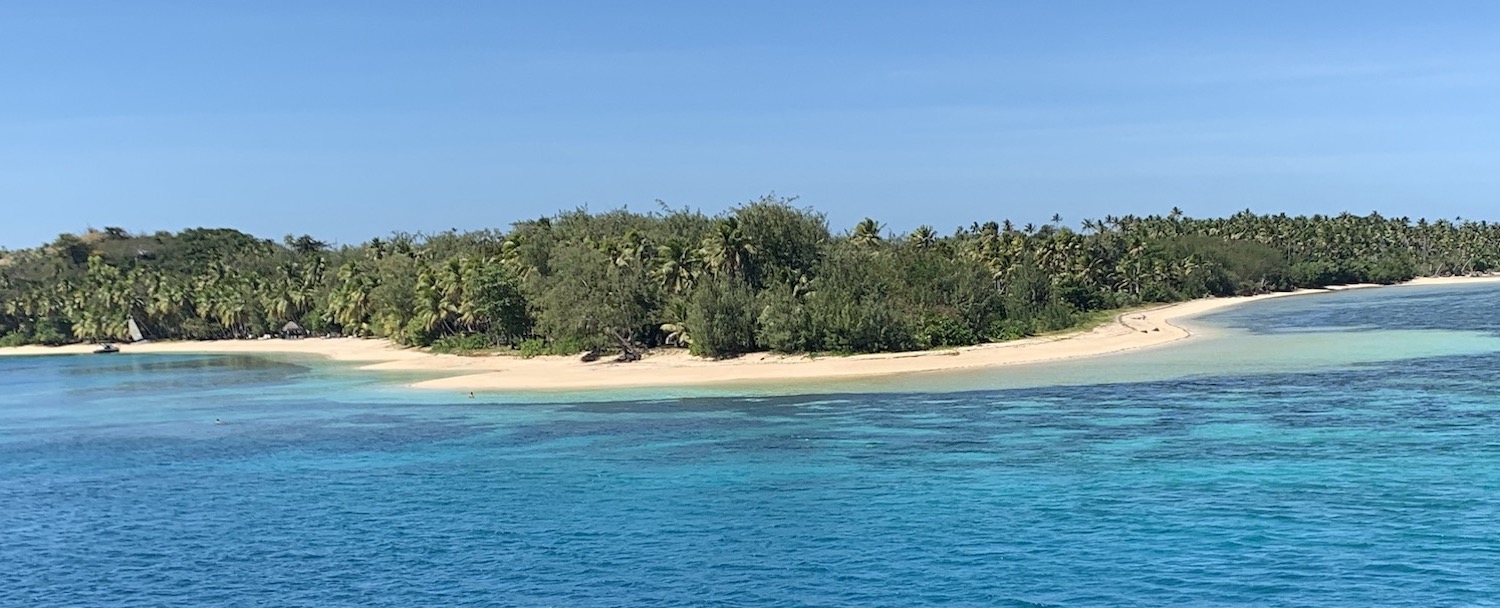
Fiji can be the most perfect South Pacific destination in Melonesia: calm turquoise oceans gently lapping at the white sandy beaches of remote blissful islands reached by adventurous seaplanes or romantic catamarans. All under a baking sun and with a warm vibe. This is especially true in the spectacular Yasawa chain.

When you find this seclusion, it is textbook paradise. But you do have to search for it. Because Fiji can also suffer from over-exploitation, with one too many gimmicks aimed at the Australia and New Zealand mass tourist market. I found bula vinaka, the ubiquitous welcome barked at you by every single person you pass, charming enough to start with but then it started to grate as it became just a little bit too hi-de-hi. And the tourist industry feels just a little bit too rapacious, scrimping every last Fijian dollar from every opportunity, charging extra for beach towels and wifi, and putting you on pre-paid meal plans whenever they can.
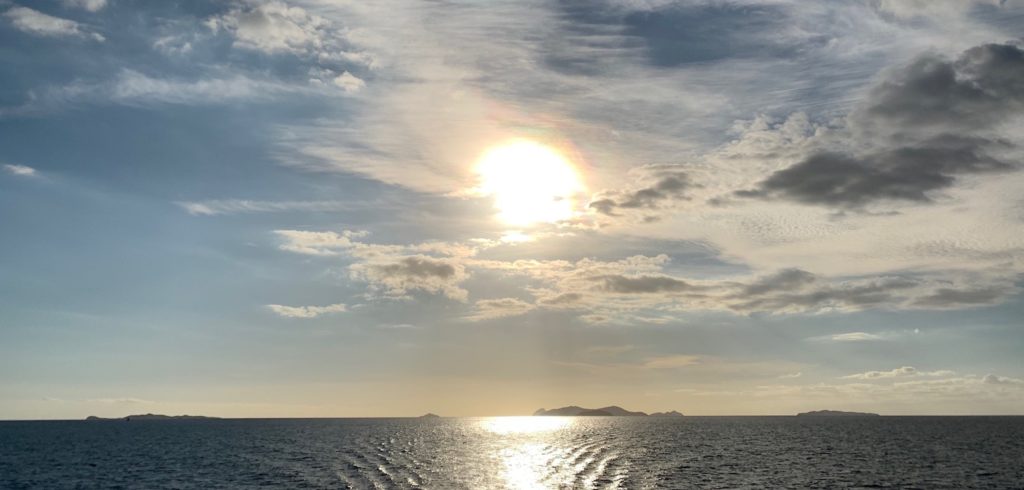
Day and night it is obviously beautiful, but independent travellers have to work harder than we should to live the dream here. Put the effort in, though, and the results are worth writing home about.
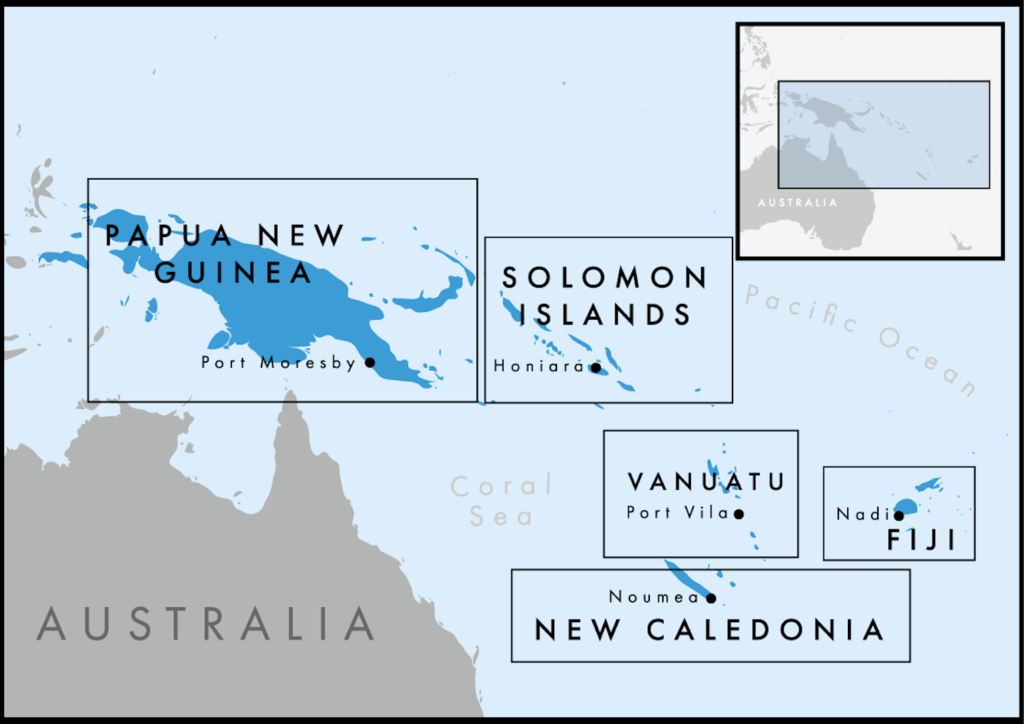
Fiji is a group of 330 islands, a third of which are inhabited, spread over 250,000 square kilometres of the South Pacific, mostly formed by volcanic eruptions. Prehistoric Lapita people arrived here in about 1500BC and Europeans landed in the seventeenth century.
Britain operated Fiji as a Crown Colony from 1874, a notorious time of blackbirding when natives from other British territories in the region and beyond, notably the Solomon Islands and the New Hebrides in Melanesia as well as from India, were tricked or kidnapped into slave labour on Fijian cotton and sugarcane plantations. Independence finally arrived in 1970, since when Fiji has fallen victim to a succession of military coups.
Viti Levu
The main island is Viti Levu, in the west of the group, and the only other large landmass is Vanua Levu, in the north. These attract the most tourists and together they account for 90% of the total 900,000 population. To the east and south tiny islets are scattered.
Viti Levu is home to Suva, the capital, on the south-east coast, and also to Nadi, pronounced Nandi, where most international flights arrive, on the west coast. The island is looped by a single road, called Queen’s Road down south and King’s Road up north. Very few tourists bother with the north, which is picturesque and covered in sugarcane fields but lacks the glamour of the south.
There is not much to Nadi itself. On the private island of Denaru, across a short causeway, there is a gated community of five star global hotel chains that attract package tourists, mostly from ANZ, who see very little of Fiji. And that’s about it. But Nadi is the interchange for other islands and the main base to explore Viti Levu.
You hire a car at the airport, 7km north of Nadi. Most of the major companies have stands in a line outside the arrivals hall. From the moment you swing right onto Queen’s Road, you will see hitchhikers everywhere and lots of signs warning you about all the speed cameras.
The main stop on Viti Levu is Pacific Harbour, a four hour drive east along the Queen’s Road. It is 135km from Nadi and the last 75km stretch from Sigatoka is very scenic: the road mostly runs right by the coast, giving good views of the reef line out to sea, where the coral forces the waves to break, usually leaving still turquoise waters nearer the land; occasionally there are beaches too, with picnic tables and BBQ pits. However, the weather down south and even more so going east is often inclement so you do not really come here for the sand; you come here to dive with sharks, up to 30 species on any one dive is possible it is claimed.
There are two dive centres in Pacific Harbour: Aqua-Trek Beqa Dive Centre and Beqa Adventure Divers. Beqa, pronounced Benga, is a small island 45 minutes by boat from Pacific Harbour, and it is surrounded by a protective barrier reef.
We went with Aqua-Trek, mostly because it is situated beautifully on the river just before it empties into the ocean, and because it shares the grass bank with Club Oceanus Resort, which has ten simple rooms and a decent restaurant. But the administration was chaotic, our reservations had been lost, and the dive-guides were terribly macho, even pushing and punching the sharks.
The other places to stay are the Pearl South Pacific Resort or Ultiqa Resort at one end of Palm Beach, or the Uprising Beach Resort at the other, with little but jungle in between. About half way along the beach on the other side of the road is what amounts to the town: a pleasant lily pond around which there are ATMs, a petrol station and the Baka Blues Café, with live bands on Wednesdays, Fridays and Sundays from 7-9pm, along with some other restaurants and amenities.
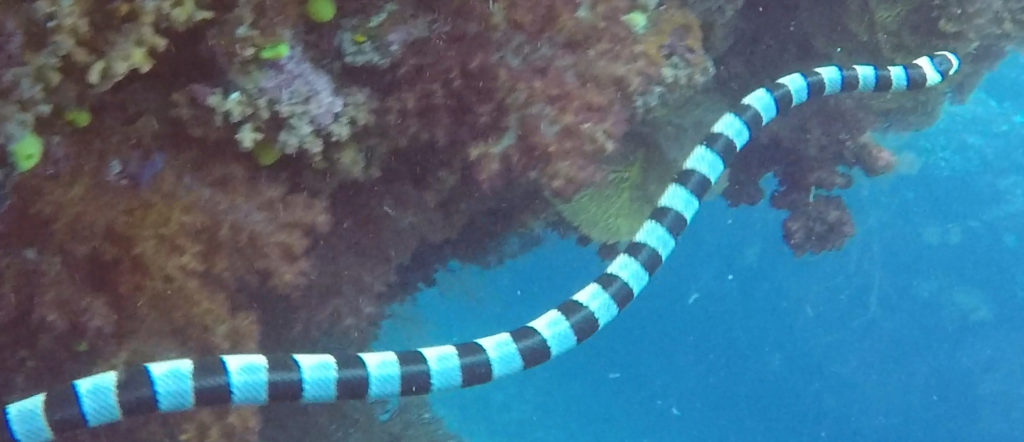
The reef diving is fine but nothing special. The shark diving, however, is a particular speciality of Fiji and it is both exhilarating and understandably controversial. Just twenty minutes out to sea among half a dozen dive boats, you drop down to about 15m, without a cage or protection but crouched behind a stubby man-made wall, and watch the show. There are several bins of chum that attracted a score or more bull sharks on each dive we did. We did not see any tiger sharks but they are often found here too.
Of the almost 500 species of shark, just three are responsible for double digit annual unprovoked and fatal attacks on humans: great whites, tigers and bulls. The female bulls are largest, reaching 2.5m. They swim in a frenzy no more than a metre in front and above the wall, and knowing there had been an attack at this very site six weeks before certainly added to the tension.
It is undoubtedly a thrilling experience. And of course it does spread awareness about sharks and their environment. But I was unhappy with the behaviour of the guides, and I am uncomfortable with the Pavlovian response of the sharks to divers and food and the long term impact on their innate eating habits. After all, sharks are lone predators which are not used to sharing easily reached food supplies.
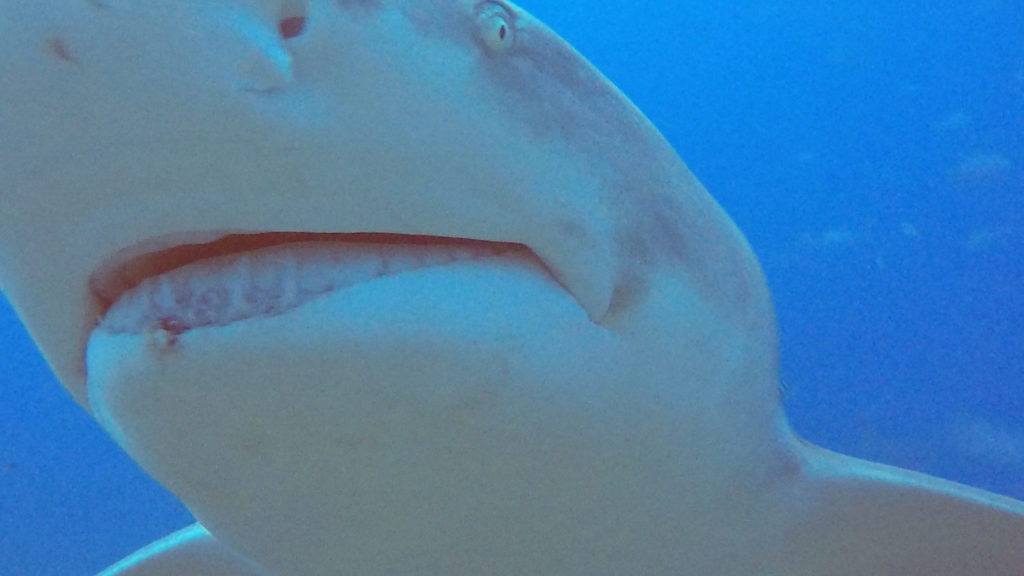
The other main place of interest on Viti Levu is Suva, just 47km further on Queen’s Road from Pacific Harbour. Suva is certainly not set up to attract tourists, and though it is laid out on a pretty finger of land jutting into the Pacific, it also has the port smack in the centre of town. Apart from the poor weather, there are few sights. But we enjoyed wandering around the market, Thurston Gardens with its old clock tower, and several churches including the lovely Catholic Cathedral for which local men put on their best skirts on Sundays.
The place to stay is the Grand Pacific Hotel, renovated in 2014 for its centenary. There are colonial style verandahs and advertisements encouraging you to stay in the same room as Queen Elizabeth II did in 1982 and Harry and Megan did in 2018.
Rugby is a national obsession in Fiji and it is more evident in Suva even than elsewhere. The Flying Fijians are the most successful team in the history of the Rugby Sevens, by far the most popular competition in the country, and for a tiny country do well in international fifteens too. Kids in parks are never seen kicking a football or playing cricket; it is only rugby all the time. The team’s trophies and signed shirts are displayed in the Tappoo City shopping centre and it is almost compulsory to purchase some merch.
Another Fijian phenomenon most evident in Suva is the scale of the Indian population. Between 1879 and 1916 a total of 60,000 indentured labourers were taken from India to Fiji to work on the plantations. About a third fled as soon as they could, but the remainder established what is today a sizeable community, though it is estimated that since the military coup of 1987 another wave of over 100,000 have departed, leaving 200,000, almost one in four of the Fijian population. No wonder the cinemas of Suva show both Hollywood and Bollywood blockbusters.
Yasawas & Mamanucas
The Mamanucas are a splurge of tiny islands just west of Nadi, and the Yasawas are a spree a little further north of them. These are one of the most beautiful, evocative places on earth, and the undoubted highlight of Fiji.
Reef systems enclose the whole group, providing a huge protective barrier from the Pacific Ocean. Then each island usually has its own reef as well, creating calm lagoons of pristine waters off the tranquil beaches. With a strong emphasis on ecotourism and environmental conservation, they are in mint condition, with no single-use plastics to be seen anywhere, though climate change bleaching has damaged some of the coral.
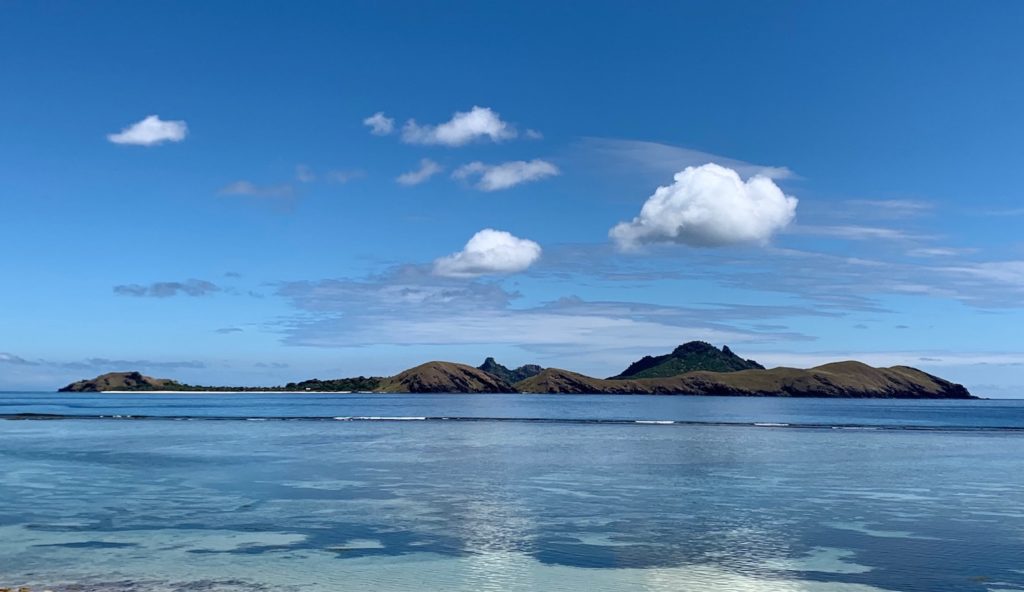
The Mamanucas are mostly flat tropical paradises with classic white sand ringed by crystal clear waters. Those closest to Nadi are most tightly bunched together and are easily accessed by day-trippers, which means they are more crowded.
The Yasawas comprise six main islands and numerous smaller islets. They are more mountainous and rugged, formed from volcanic eruptions, and they feel much more remote and isolated like you are near the end of the earth.
All these islands were unknown to the outside world until the 1840s when US explorer Charles Wilkes arrived. Many remained uninhabited until they were purchased from local chiefs and holiday resorts opened in the 1980s and 1990s. Some villagers continue with a traditional subsistence living, planting crops and catching fish, but tourism is by far the most important source of income.
The resorts are all built discreetly into the trees behind the beaches at the foot of the hills, hardly visible from plane or boat, leaving the vistas perfectly natural. Most islands have only one resort, which will usually cater for five star customers as well as backpackers staying in dormitories or beach bures; so no matter how good your room and your views, in the end you still have the same food and drink experience.
There is not much to do but snorkelling, fishing, boating about, loafing around on the beaches or at the pools, and in most cases just soaking up the atmosphere and taking in the panoramas. Several dive shops are spread around, though the diving is a basic reef, except for manta rays and giant clams (one species can live for 200 years and grow the size of bathtubs). These are good places to try kava, the local intoxicating brown sludge drawn from a pepper plant, which will make you sleep like a baby.
The resorts try much too hard to keep you entertained and it can feel rather all-inclusive and controlling. On arrival, you will occasionally be given a lei and you will always be serenaded by the entire staff, whose song and dance routine ends with the demand for a big bula in return, and this is repeated again when you leave. Straight away you will be told the rules and made to pay up front for your compulsory meal plan, though there is simply nowhere else to eat anyway. Several places make you stay a minimum of two nights which is not great if you are island hopping. Freewheeling spirits are not the main target.
Notwithstanding these doubts, a good way to explore is to take a seaplane from Nadi to the furthest northerly of the Yasawas, then jump on a helicopter or a chartered boat or a scheduled catamaran to island hop all the way back.
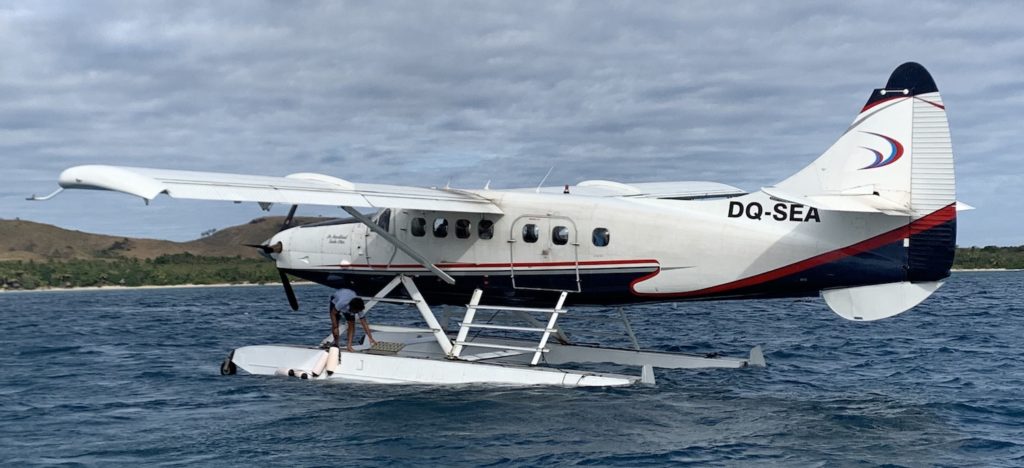
Island Hoppers and Pacific Island Air both charter helicopters and fly sort-of scheduled 9-seater Cessna seaplanes from Nadi, going out in the mornings and again in the afternoons, stopping wherever passengers want. If you are lucky, you will have several stops en route, giving you birds’ eye views of a number of islands. In all cases, you simply notify your resort in advance and when they see you hit the water they will send a speed boat to collect you. It is then also fairly easy to charter a speedboat from your resort to any nearby islands.
The Yasawa Flyer, a catamaran ferry service run by Awesome Adventures Fiji, leaves the very pretty little sheltered marina in Denaru at 8.30am every day and goes as far north as Blue Lagoon, from where it sets off for the return at 1.30pm. You don’t need to book, even in peak season, just get your resort to take their speed boat out to meet the Flyer as it passes by. There is an on-board tour desk where you can book accommodation, so resorts can be notified to collect you. Though the guide books all said Fiji would be full in August, as this is the popular dry season, and it is true the occasional resort was booked out, we largely had no trouble sorting rooms or travel just a day or two in advance.
Unusually, another good option might be the Blue Lagoon week-long cruise ship. Normally, this might be hell, but here they easily reach isolated beaches, some of which they own and to which they have exclusive access, including parts of Blue Lagoon and the best beach opposite Mantaray Island Resort.

The cluster around Nanuya Lailai Island is the furthest north that the Flyer goes and this is a good point to start your exploration. The main attraction here is the Blue Lagoon beach. Nanuya Island Resort is fine, right on the beach facing the marmalade western sunset, and Blue Lagoon Resort on nearby Nacula Island is also good but not on the beach itself. Both will arrange a morning trip fifteen minutes by speed boat to Sawa i Lau Island for a cave swim; that is not much but it is a good excuse for more boating about these amazing waters.
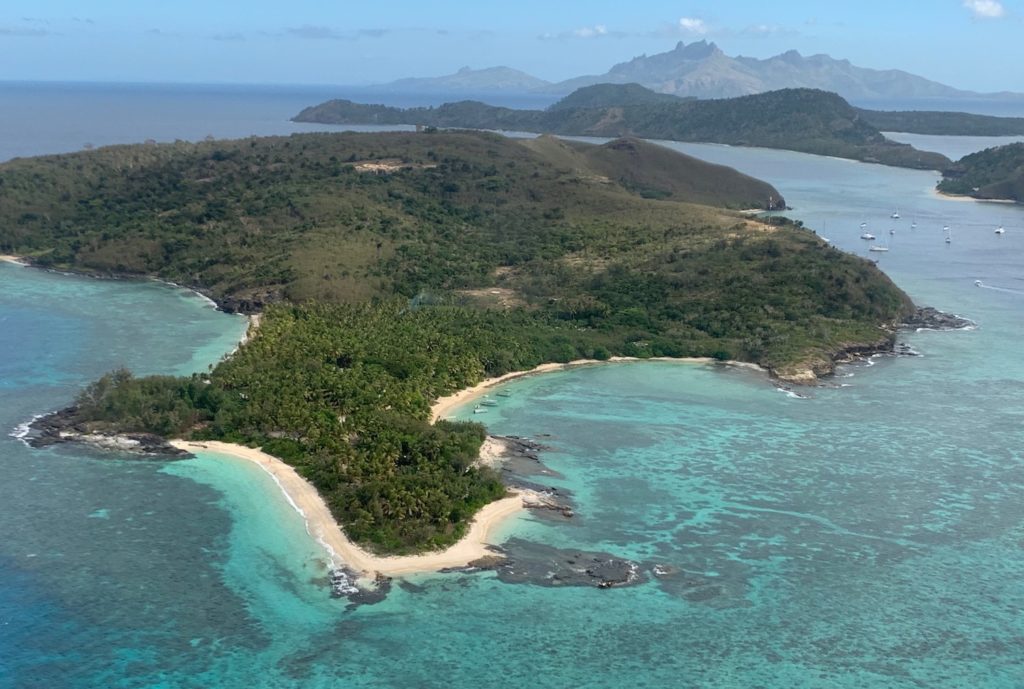
The next bunch is around Naviti Island, where the usp is the chance to swim with the manta rays you can see underwater from the seaplane. There are two resorts near here: choose Barefoot Manta Island not the awful Mantaray Island Resort, where we could not even get the key to our room without handing over a petty cash deposit and where the lovely sofa-strewn beach-front bar has the potential for a chilled vibe but is ruined by boisterous staff playing stupid games with backpacker guests.
Both send staff to look for mantas every hour or so and when they spot them they radio back for a bell to ring on the beach so you can hop on to a boat and zoom five minutes round the corner to jump in with them. There is no diving, just snorkelling. We spent almost an hour with a pair of huge black ones who came within inches of us as they danced a ballet, with big wide open mouths sucking in gallons of water to sift out the plankton.
A few minutes further south is Paradise Cove Resort, with lovely beaches facing each other on islands not far apart.
The southernmost bundle is around Waya Island, where two long straight beaches right next to each other face the west open sea; the southernmost one is occupied by the good looking Octopus Resort. Nearby Wayasewa Island is good for a hike up the hill to get views all around; Wayaleilei Eco Haven is proudly 100% Fijian, owned and operated by villagers, with all profits shared among the local school and church. Right opposite is Kuata Island, known as the Gateway to the Yasawas as it is the bottom of the chain, three hours on the Flyer back to Denarau; here you are greeted by a famous local warrior stationed on a large rock formation out to sea off Kuata beach; it is very hard to tell how he got there.
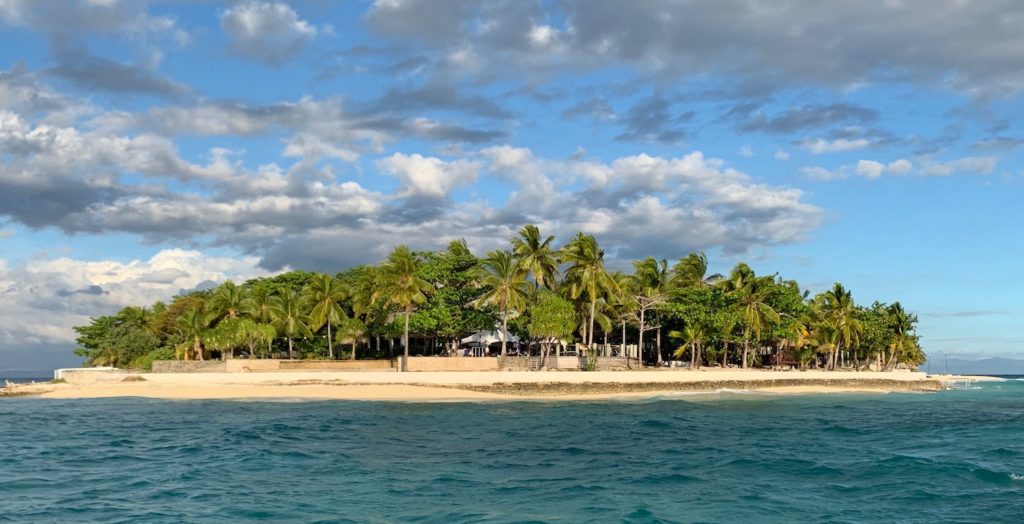
The Flyer does call at several of the Mamanucas too on its way to and from the Yasawas, from Volmo up north to Malamala near Nadi, though this chain is not in a straight line so there are plenty of other local ferries that pick up other islands not on the Flyer’s route. The Mamanucas are also obviously beautiful but being closer to Viti Levu are more popular, not least with day-trippers. Different islands have marketed themselves at different kinds of tourists – for instance, Beachcomber Island Resort is after a youthful party crowd while Treasure Island Resort pitches for families – so you need to select these more carefully.
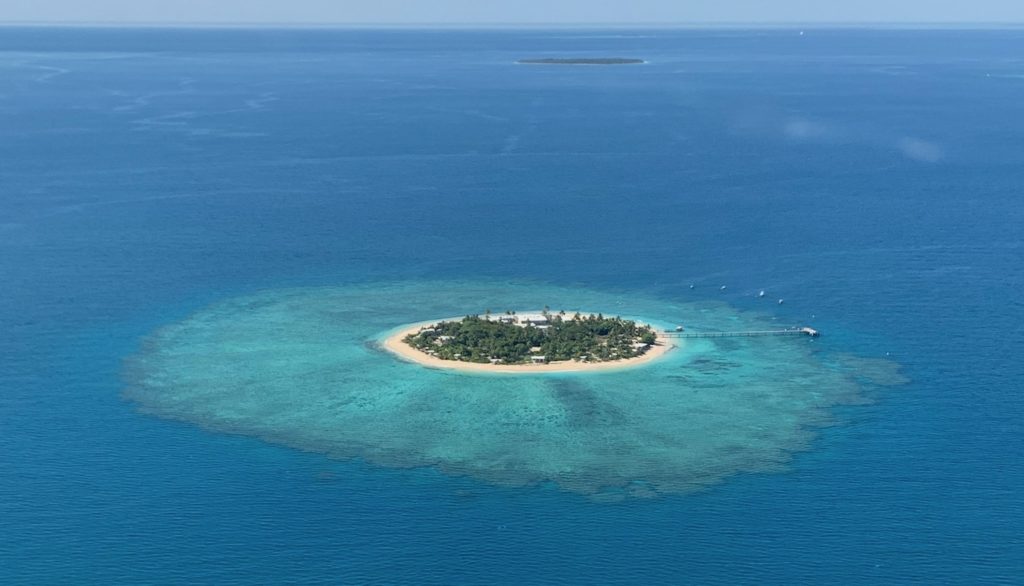
There are several more exclusive private islands and we found these to be by far the best. Our favourite was Tokoriki, 35km from Nadi, the last stop for the South Sea Cruises ferry, but more commonly reached by helicopter. There is a Sheraton on the south side but we stayed at the classy Tokoriki Island Resort facing west. It is self-consciously high end – for example with an ostentatious helicopter landing pad at the front over the beach – but the infinity pool, the subtle lighting and casual seating alongside the communal seafront, the fabulous cabanas with secluded outdoor showers, decked terraces, private jacuzzis, and hammocks slung between perfect palms over immaculate lawns, all facing the sunset, as well as the dinner served anywhere you want on the island, all make it more than worth it.
